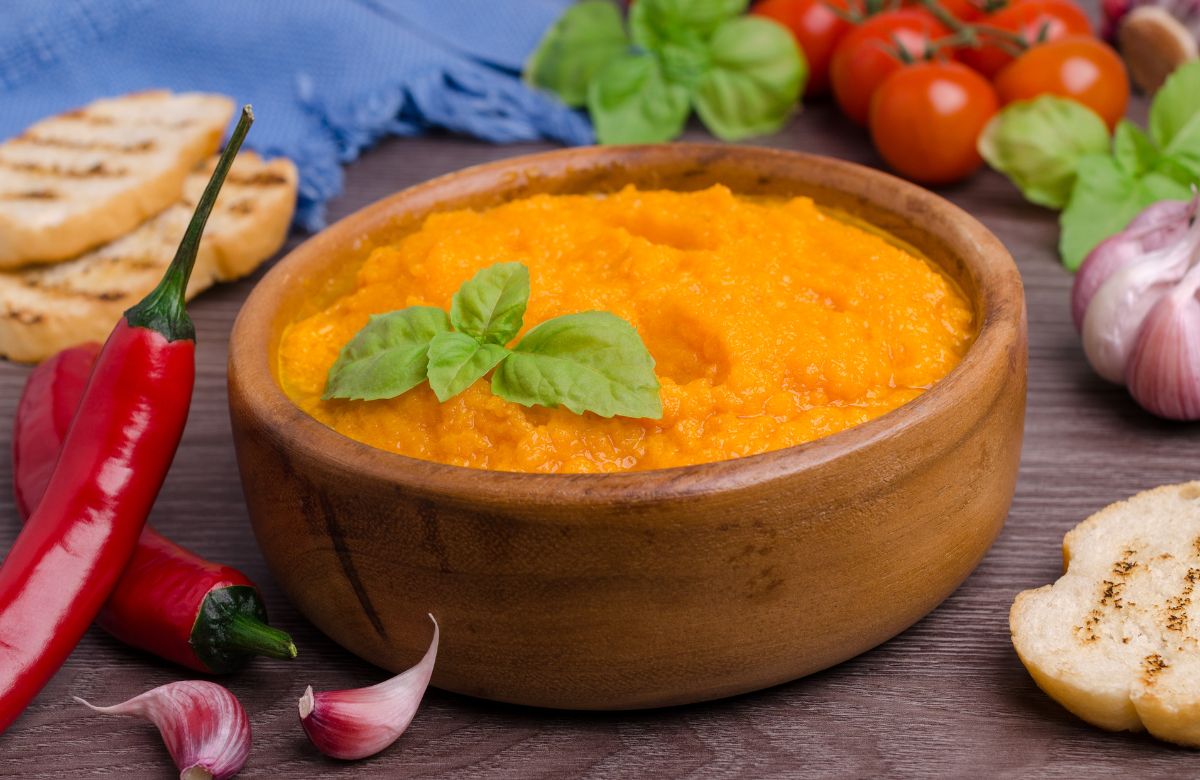Whether enjoyed with rice, dosas or used as a dip or spread, gojjus represent the diverse flavours of Indian cuisine. These flavourful concoctions are an essential part of the cuisine of Karnataka where they are commonly served as accompaniments. But the more you look into it, the more it seems as though any fruit or vegetable might be made into a gojju.
What Is Gojju?
Gojjus are typically made with a combination of fruits or vegetables with spices and tamarind pulp to create a thick, rich, and tangy sauce. They are prepared using a wide range of ingredients. You can make it with fruits such as mangoes, tomatoes, pineapples, and bananas. Or even with vegetables like bitter gourd, brinjal (eggplant), and okra. The choice of ingredient largely depends on seasonal availability.
One of the key aspects here is the balance of flavours. They typically combine the four primary tastes of sweet, sour, spicy, and tangy. Together, they create a harmonious blend that enhances the overall taste of a meal. They not only elevate the taste of a meal but also offer several health benefits.
Spices like turmeric, mustard seeds, and fenugreek seeds, are known for their anti-inflammatory and antioxidant properties. Additionally, the presence of fruits and vegetables provides essential vitamins, minerals, and dietary fibre. The dish is even a nutritious addition to the diet.
Also Read: Savour These 6 Regional Curries That Will Make You Fall in Love With Indian Summer
How Do You Prepare This Dish?
To prepare a gojju, the main ingredient is cooked until soft. Then, you mash it and make it puree. A mixture of spices, including mustard seeds, fenugreek seeds, turmeric, red chilli powder, and asafoetida, are tempered in hot oil and added to the mashed ingredient. Tamarind pulp or lemon juice is added to lend a characteristic tanginess, while jaggery or sugar is used to balance the flavours by adding a touch of sweetness.
Additionally, traditional gojju may incorporate other ingredients like roasted lentils, curry leaves, or sesame seeds to enhance the taste and aroma. These versatile condiments are used in a multitude of ways in South Indian cuisine. They are often served as a side dish or accompaniment to rice dishes like pulao or biryani, and they pair exceptionally well with steamed or fermented snacks like idlis and dosas.
Cover image credits: Canva

